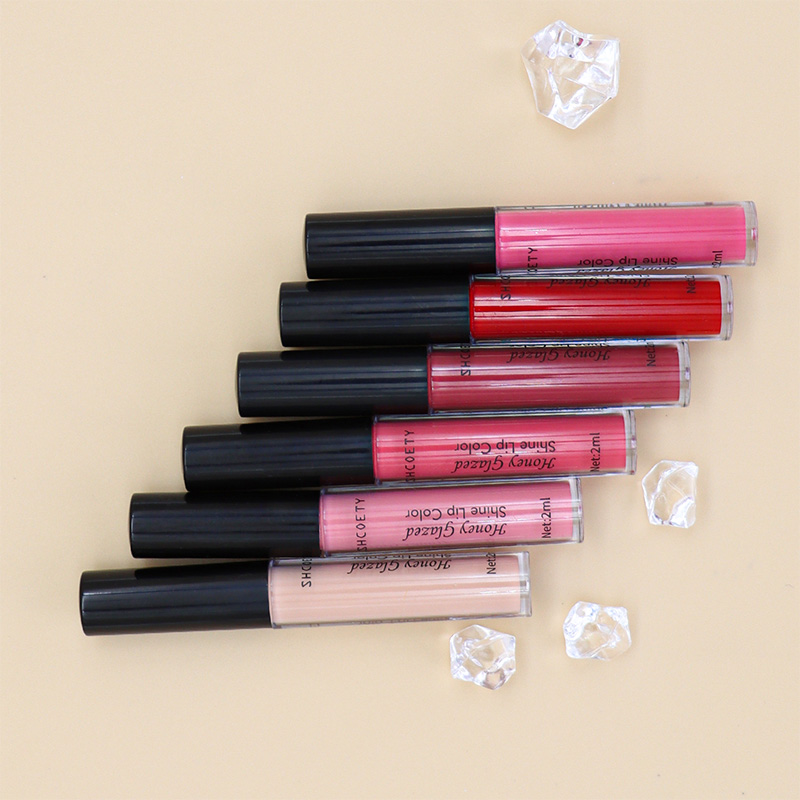Oct 24, 2025
Growing awareness of environmental impact has brought new expectations to every stage of beauty product manufacturing. For a Professional Lipstick Factory and a Professional Lip Balm Factory, packaging has become more than a simple container—it now represents a brand’s attitude toward sustainability, innovation, and consumer responsibility. As more customers pay attention to materials, recyclability, and carbon footprint, brands are rethinking how they design, produce, and present their lip care products.

Consumers today evaluate beauty products not only for their color or texture but also for how they are packaged. Lipsticks and lip balms, being daily-use items, generate significant packaging waste. Traditional plastic tubes and complex multilayer casings often end up in landfills due to recycling difficulties. To address this, many professional factories are turning to eco-conscious solutions—recyclable plastics, biodegradable materials, and refillable mechanisms—that reduce long-term waste.
This change isn’t just driven by regulation or marketing trends. It reflects a broader movement in consumer behavior. Buyers now prefer packaging that feels responsible and aligns with their values. When brands adopt sustainable practices in partnership with professional manufacturing facilities, they can demonstrate real environmental awareness while maintaining the visual appeal and practicality that beauty products require.
For manufacturers, developing eco-friendly packaging involves more than replacing one material with another. A professional lipstick factory works with engineers and material experts to ensure new designs remain durable, hygienic, and compatible with the product formula. The same applies to a professional lip balm factory, where texture and temperature sensitivity demand precise compatibility between the balm and its container.
Many factories have begun integrating sustainable approaches early in the product development process. By combining aesthetics with environmental performance, manufacturers help brands achieve both creative flexibility and sustainable responsibility.
One of the main challenges in sustainable packaging for lip products is maintaining the visual and tactile appeal consumers expect. Lipsticks often symbolize confidence and self-expression, so their design must reflect elegance and style. Meanwhile, lip balm packaging must communicate comfort and purity. Professional factories handle this by blending design innovation with environmental awareness—experimenting with minimalist aesthetics, natural tones, and recyclable finishes that feel modern and premium.
Sustainability does not mean sacrificing visual identity. Many brands find that eco-friendly materials actually enhance their image by conveying authenticity and transparency. For example, paper-based or bamboo components can give products a natural, contemporary appearance, while recycled metal casings provide a clean, modern look. This balance allows brands to stand out without compromising their environmental goals.
Beyond environmental benefits, sustainable packaging can improve user experience and product functionality. Refillable cases, for instance, offer long-term cost savings for consumers while promoting repeat purchases. Lightweight materials also reduce shipping weight, which can lower logistics costs and emissions.
Similarly, a professional lip balm factory can design compact containers made from biodegradable polymers, ensuring stability and easy application. These practical innovations demonstrate how sustainability aligns with efficiency rather than opposing it.
Furthermore, eco-conscious packaging can enhance product safety. Materials free from harmful additives or heavy metals reduce the risk of contamination and make products safer for users with sensitive skin. This aspect resonates with modern consumers who associate sustainability with health and well-being, further strengthening brand trust.
International regulations on packaging waste and chemical safety continue to evolve. Professional cosmetic factories often work closely with brands to ensure compliance with standards such as the EU Packaging Waste Directive, REACH, or FDA guidelines. Meeting these requirements early helps brands enter global markets smoothly and avoid costly redesigns.Sustainability has also become a competitive factor in global supply chains. Retailers increasingly prioritize suppliers who can demonstrate traceability and eco-friendly sourcing. By collaborating with professional manufacturing partners who invest in energy-efficient production and waste reduction, brands can align with these expectations and strengthen their position in the market.